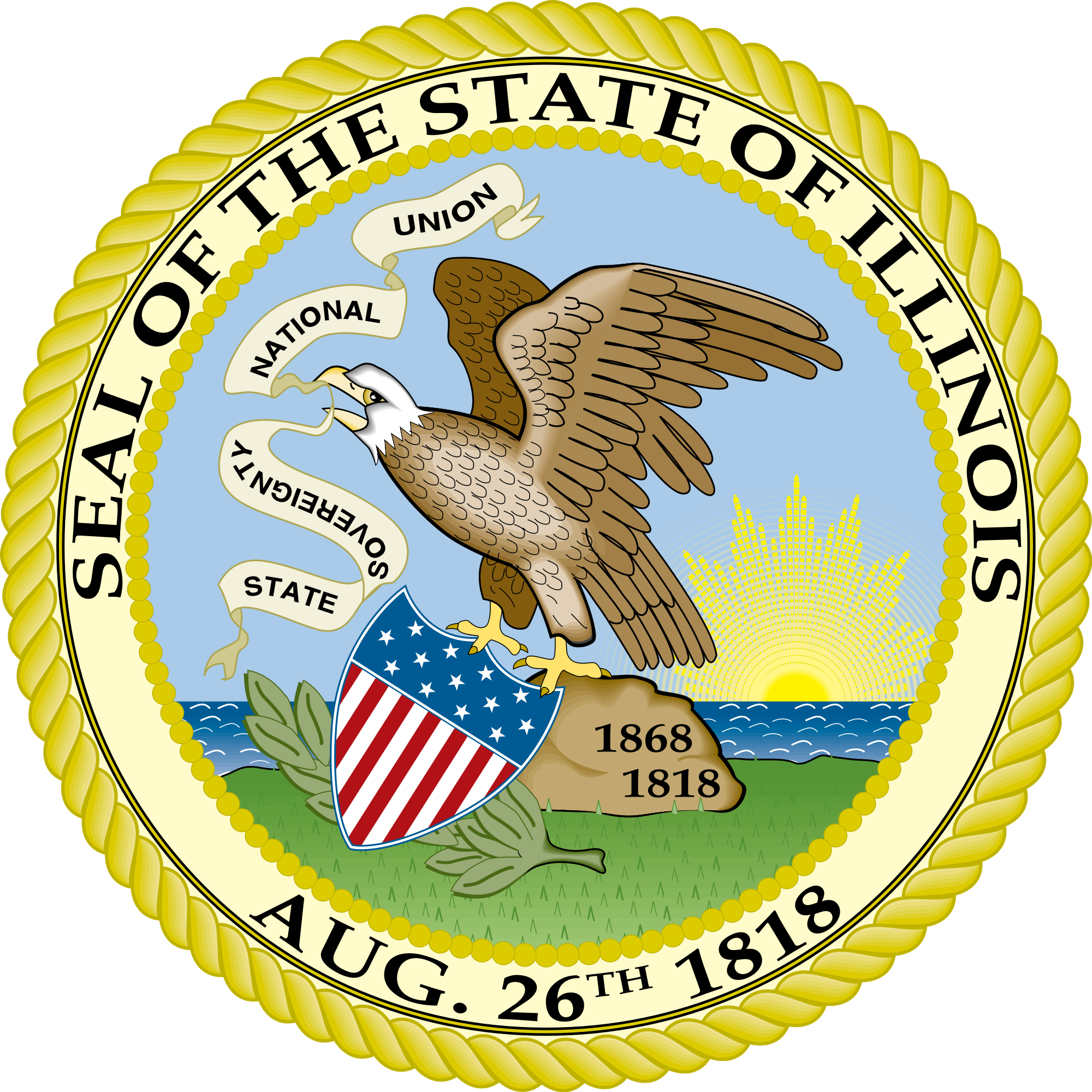Have you ever wondered how you can save energy and money on your utility bills? The State of Illinois Energy Conservation Code (IECC) can help. The IECC is a set of energy-saving building codes that are adopted by the state of Illinois. These codes set minimum energy efficiency standards for new construction and major renovations.
Pain Points of Not Following IECC
Not following the IECC can lead to higher energy bills, reduced comfort, and increased environmental impact. Older buildings that do not meet the IECC standards may have poor insulation, inefficient lighting, and outdated appliances. This can result in higher energy consumption and increased costs for homeowners and businesses.
Purpose of IECC
The IECC was developed to address the need for more energy-efficient buildings. The code is designed to reduce energy consumption, lower utility bills, and improve the comfort of buildings. By following the IECC, builders can create homes and businesses that are more energy efficient, sustainable, and cost-effective.

Energy Code Testing – Midwest Building Performance – Source midwestbuildingperformance.com
Main Points of IECC
The IECC covers a wide range of topics, including:
IECC: A Personal Experience
I recently renovated my home to meet the IECC standards. I added insulation to my attic and walls, replaced my windows with energy-efficient models, and installed a new energy-efficient HVAC system. As a result, my energy bills have been reduced by 20%, and my home is much more comfortable.

Go Green With International Energy Conservation Code | CTC – Contractor – Source contractortrainingcenter.com
History and Evolution of IECC
The IECC was first adopted in 1978. The code has been updated several times since then, with the most recent update being in 2021. The 2021 IECC includes new standards for energy efficiency, such as requirements for solar panels and electric vehicle charging stations.
Hidden Secrets of IECC
In addition to the energy-saving benefits, the IECC also offers a number of other benefits, such as:

Mapping Broadband with ArcGIS: A Catalog – Source storymaps.arcgis.com
Recommendations for IECC
I recommend that all new construction and major renovations meet the IECC standards. By following the IECC, you can save energy, money, and the environment.
IECC: A Closer Look
The IECC is a comprehensive set of energy-saving building codes. The code is designed to reduce energy consumption, lower utility bills, and improve the comfort of buildings. By following the IECC, builders can create homes and businesses that are more energy efficient, sustainable, and cost-effective.
Tips for Following IECC
Here are a few tips for following the IECC:

Oklahoma building code commission turns down green energy code ideas – Source www.oklahoman.com
IECC: In-Depth Explanation
The IECC is a complex set of codes. If you are planning to build or renovate a home or business, it is important to consult with a qualified contractor who is familiar with the IECC. A qualified contractor can help you to design and build a project that meets the IECC standards.
Fun Facts about IECC
Here are a few fun facts about the IECC:

Florida Building Code Energy Conservation 2023 – 9781960701251 – Source www.contractorresource.com
How to Follow IECC
If you are planning to build or renovate a home or business, you can follow these steps to ensure that your project meets the IECC standards:
What if I Don’t Follow IECC?
If you do not follow the IECC, you may be subject to fines and penalties. In addition, your building may not be eligible for certain tax breaks and incentives.
Listicle of IECC
Here is a listicle of some of the benefits of following the IECC:

Looking Ahead to the 2018 Illinois Energy Conservation Code – Source www.burnhamnationwide.com
Questions and Answers about IECC
Here are some frequently asked questions about the IECC:
Conclusion of State Of Illinois Energy Conservation Code
The IECC is a valuable tool for reducing energy consumption, saving money, and improving the comfort of buildings. By following the IECC, builders can create homes and businesses that are more energy efficient, sustainable, and cost-effective.